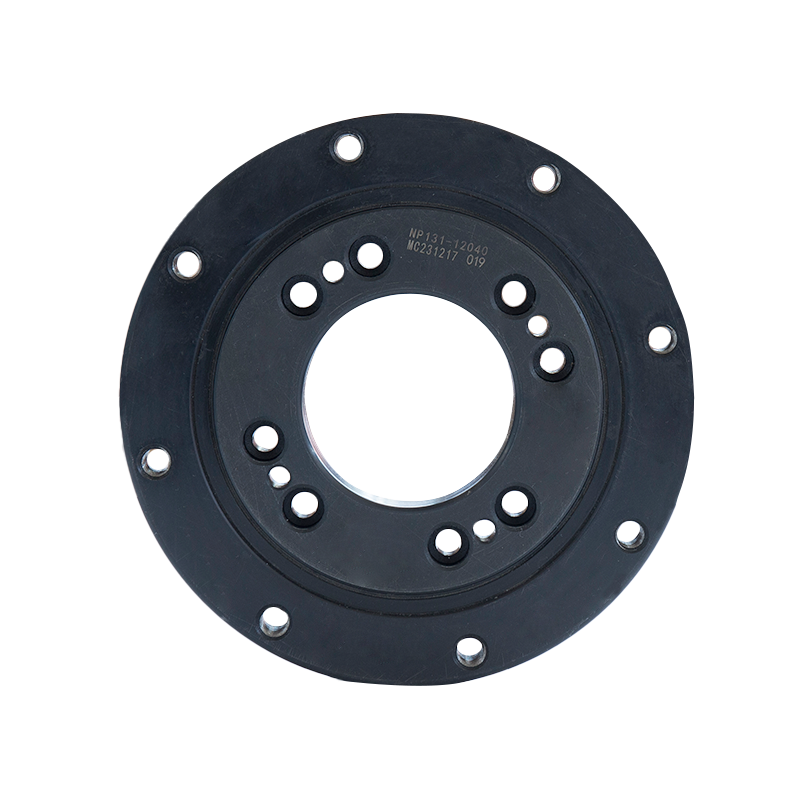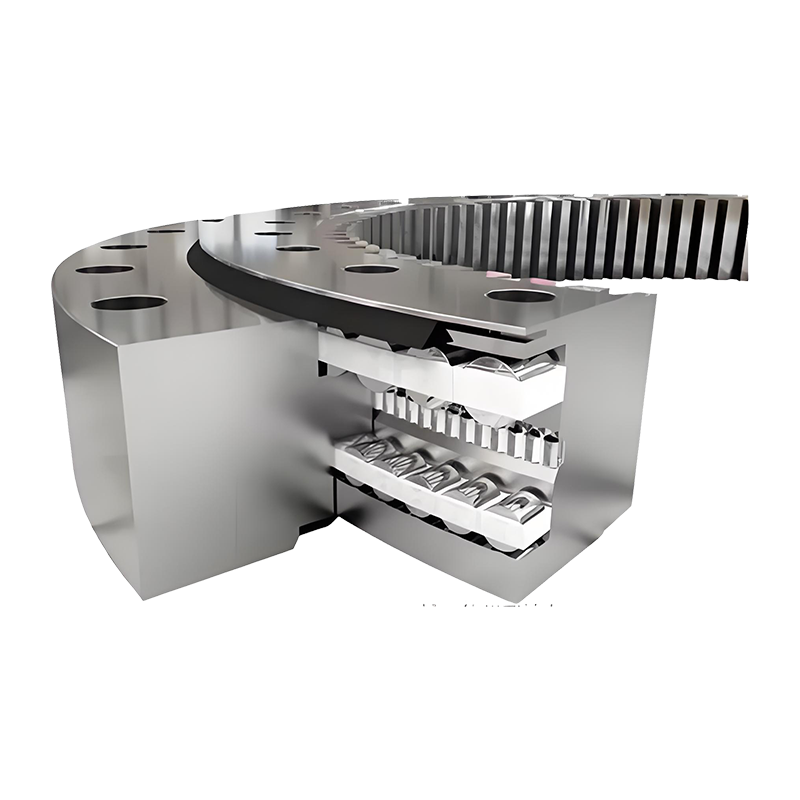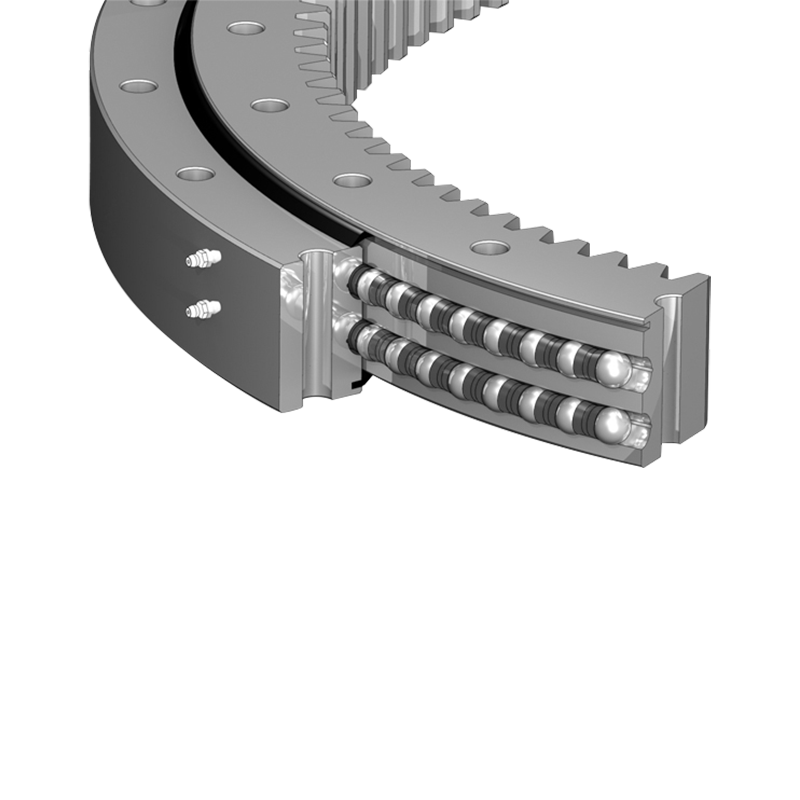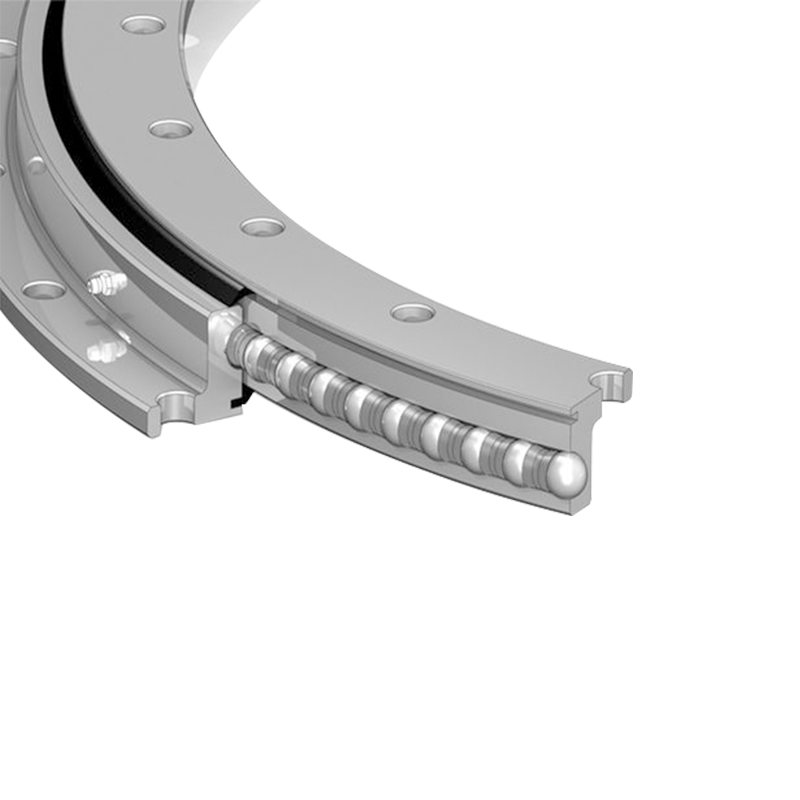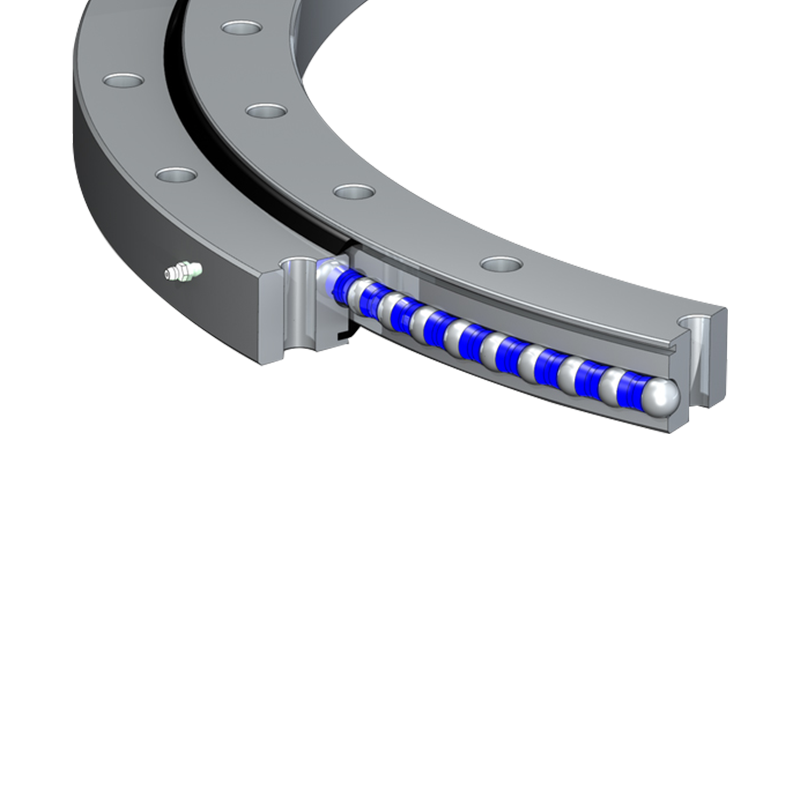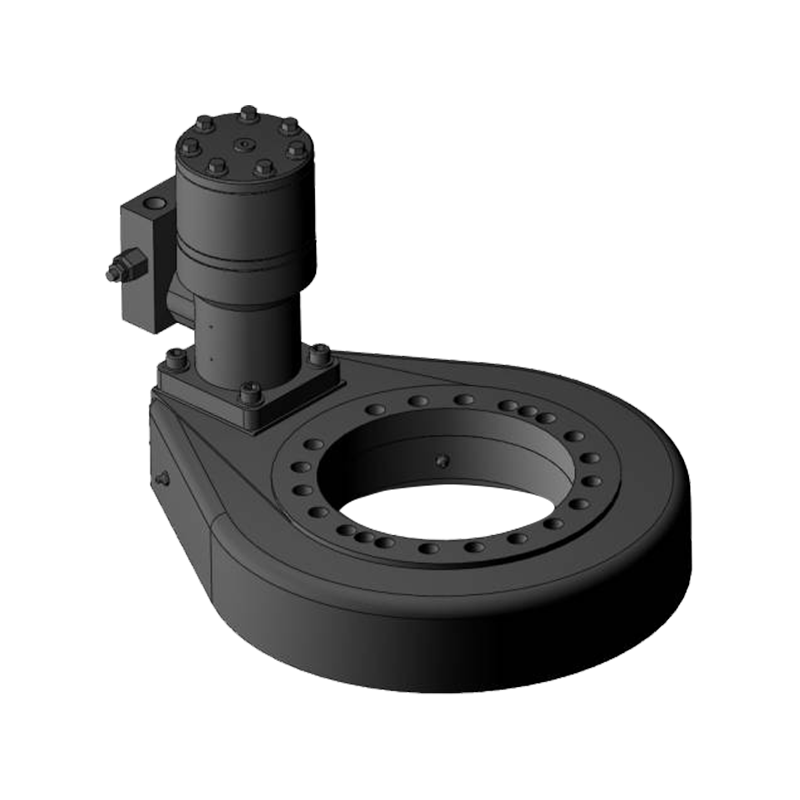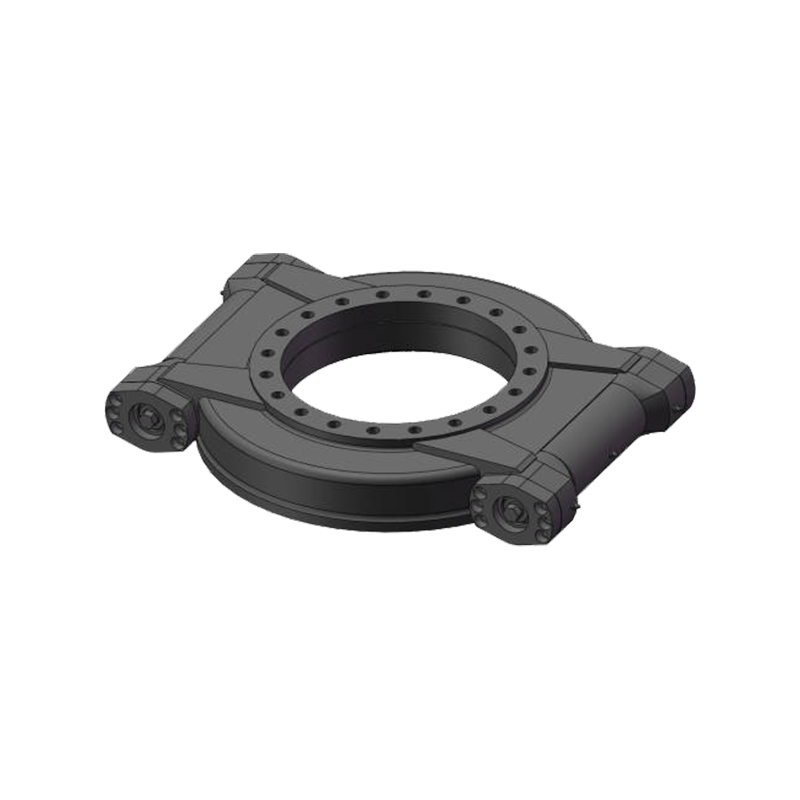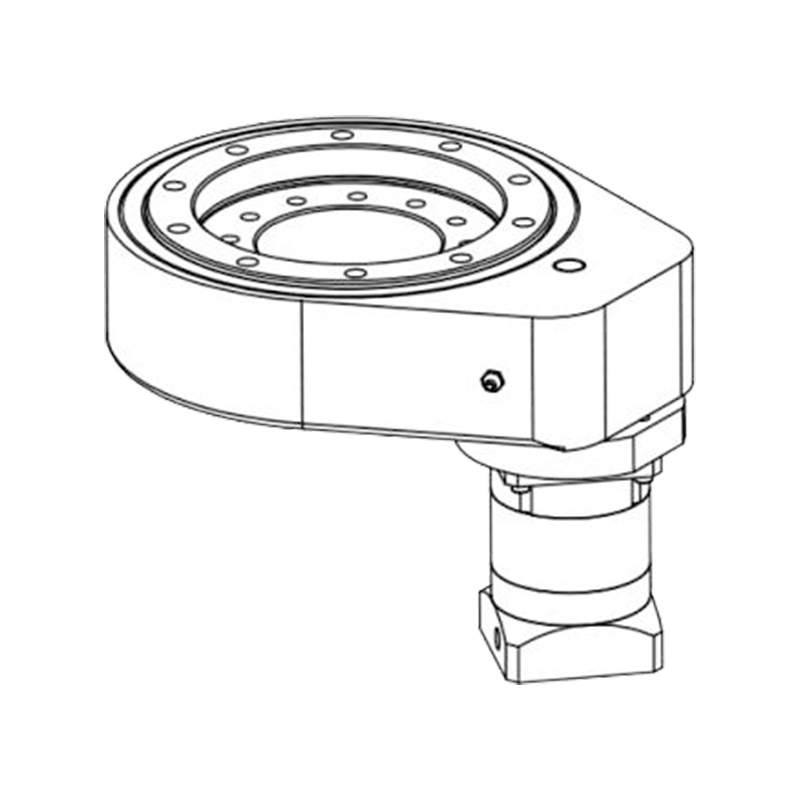How Do You Choose the Right Vertical Internal Gear Slewing Drives for Your Application?
 2025.06.20
2025.06.20
 Industry news
Industry news
Vertical internal gear slewing drives are critical components in many rotary motion systems. Their compact structure, high load capacity, and integrated gear mechanism make them suitable for applications where rotational movement, torque transmission, and space efficiency are required. From solar tracking systems and aerial platforms to heavy machinery and industrial automation, selecting the right slewing drive is crucial to ensure operational efficiency, durability, and alignment with engineering requirements.
1. Understand Your Load Requirements
Before selecting a slewing drive, it’s essential to determine both static and dynamic loads involved in your application:
Axial Load: Force parallel to the rotation axis.
Radial Load: Force perpendicular to the rotation axis.
Tilting Moment (Overturning Moment): Occurs when there’s a load offset from the slewing center.
Vertical internal gear designs are well-suited for managing high axial loads and tilting moments, making them ideal for vertical structures like cranes, wind turbines, and antenna mounts. However, the correct drive model must be selected based on exact load calculations to avoid under- or over-specification.
2. Determine the Torque and Speed Requirements
The slewing drive must provide sufficient torque to initiate and sustain the required rotation under load:
Holding Torque: The torque necessary to maintain position under load without slipping.
Output Torque: The torque needed to rotate the mechanism at a given load and speed.
Gear ratio plays a significant role here. A higher gear ratio increases torque but reduces speed. Vertical internal gear drives, with their enclosed gear ring, offer stable torque output and are suitable for both high-load and slow-rotation applications, such as satellite dishes or pipeline welding positioners.
3. Consider the Mounting Orientation and Space Constraints
Vertical mounting demands drives that can:
Support gravitational loads directly aligned with the axis of rotation.
Fit within limited vertical space without compromising stability.
Internal gear slewing drives are especially suitable for vertical orientation because their compact, enclosed structure allows for efficient use of axial space while keeping the mechanism protected from contaminants. Always match the external dimensions of the slewing drive to the available mounting space in your equipment.
4. Select the Right Gear Type and Drive Configuration
Slewing drives may be worm gear-driven, bevel gear-driven, or feature custom transmission systems. For internal gear types, consider:
Worm Drive with Internal Ring Gear: Offers self-locking capability and is ideal for static or slowly rotating applications, providing safety in vertical systems.
Dual Worm Drives: Allow for increased torque and enhanced rotational control, especially where fine positioning is needed.
Motor Integration: Determine whether you require a hydraulic motor, electric motor, or planetary gearbox connection.
Choose a drive configuration based on your control requirements—whether manual, semi-automatic, or fully automated.
5. Check the Precision and Backlash Requirements
If your application demands high positioning accuracy (such as radar systems or solar tracking), pay attention to:
Backlash: The amount of play between gear teeth. Low-backlash models ensure precise control.
Rotational Accuracy: Determines how accurately the drive can reach and maintain a desired position.
Vertical slewing drives with optimized internal gearing typically offer improved precision by minimizing backlash and deflection.
6. Evaluate Environmental and Operating Conditions
The operating environment significantly impacts drive selection. Consider:
Temperature Range: Cold environments may require low-temperature lubricants or heaters.
Ingress Protection (IP): Drives in dusty, wet, or corrosive environments should have high IP ratings or sealed enclosures.
Corrosion Resistance: For marine or coastal use, stainless steel housings or anti-rust coatings are often necessary.
Internal gear slewing drives are inherently better protected from environmental exposure due to the enclosed gear ring design.
7. Maintenance and Lifecycle Expectations
Reliable performance with minimal downtime is key for long-term applications. Look into:
Lubrication System: Choose sealed drives with long-life lubrication or built-in grease ports for easy maintenance.
Bearing Life: Check the dynamic and static load ratings to estimate service life.
Replaceable Components: Modular designs allow for easier servicing or replacement of parts like gears or motors.
Manufacturers often provide charts or software to calculate the expected lifespan based on operating parameters.
8. Match to Industry Standards and Certifications
If your application is in a regulated industry such as aerospace, defense, or medical, ensure that the slewing drive complies with:
ISO, CE, or RoHS standards
Specific certifications for material quality, machining precision, or testing protocols
This helps guarantee compatibility, safety, and longevity under critical operational conditions.
Choosing the right vertical internal gear slewing drive requires a careful balance of mechanical performance, environmental compatibility, and structural constraints. Start with a thorough assessment of load and torque needs, then match those to gear type, orientation, and environmental demands. Always consult detailed technical datasheets or seek engineering support from the manufacturer to confirm that the selected slewing drive will perform reliably in your specific application.
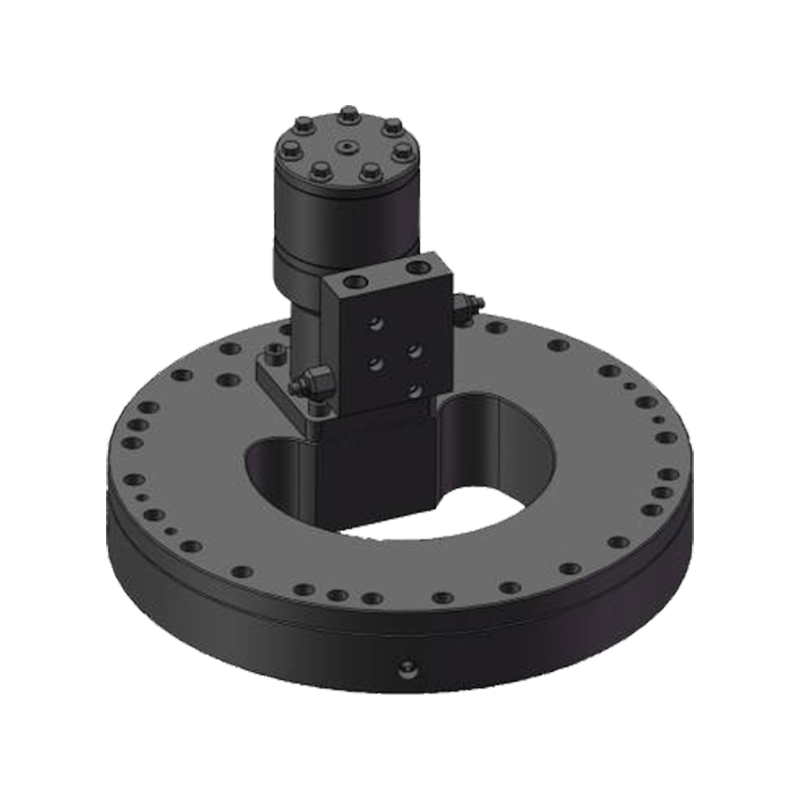
With the right selection, vertical internal gear slewing drives offer dependable rotation, reduced maintenance, and compact integration for a wide range of industrial and commercial systems.



